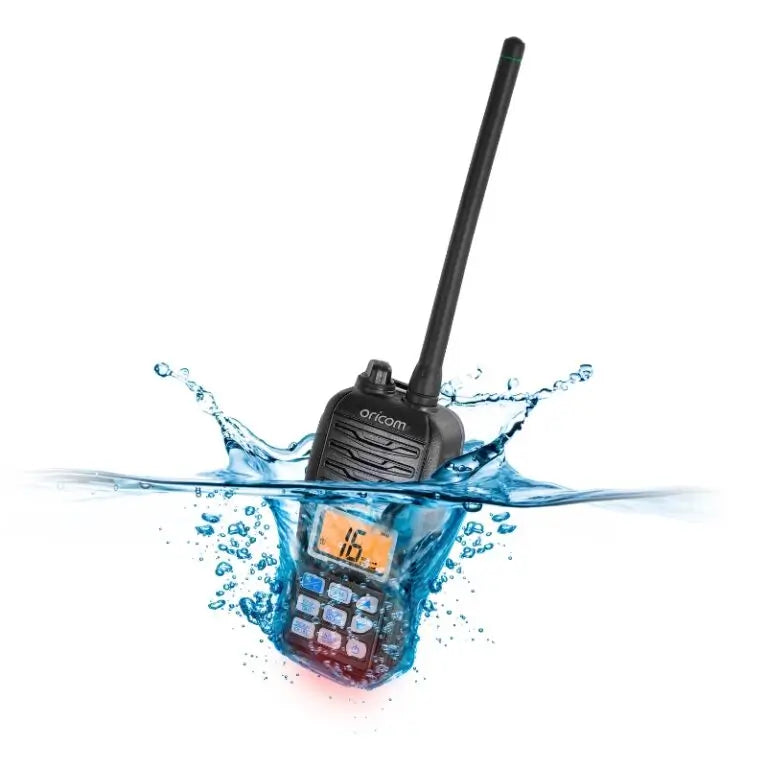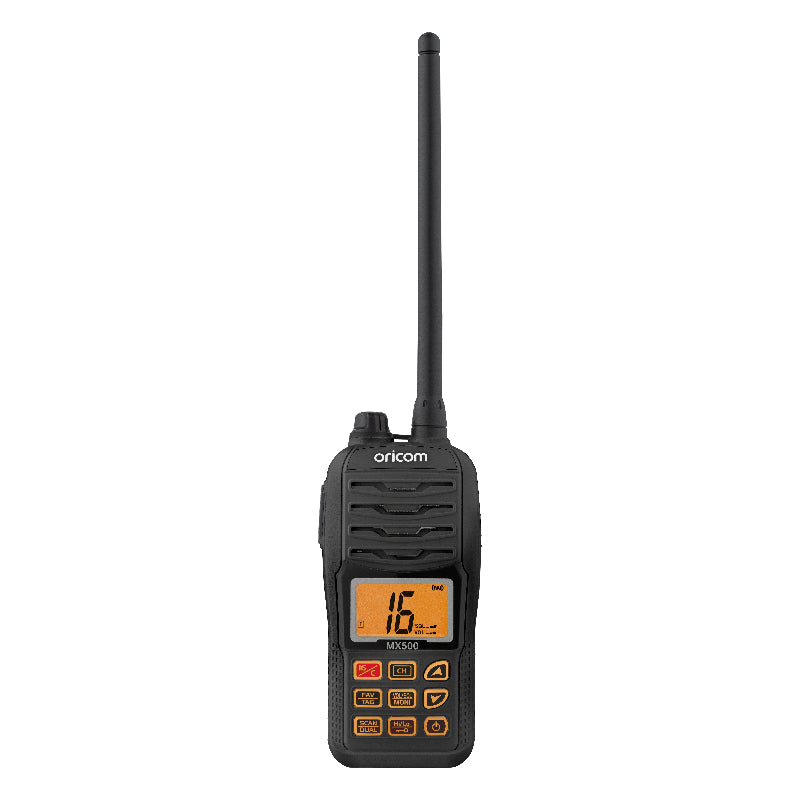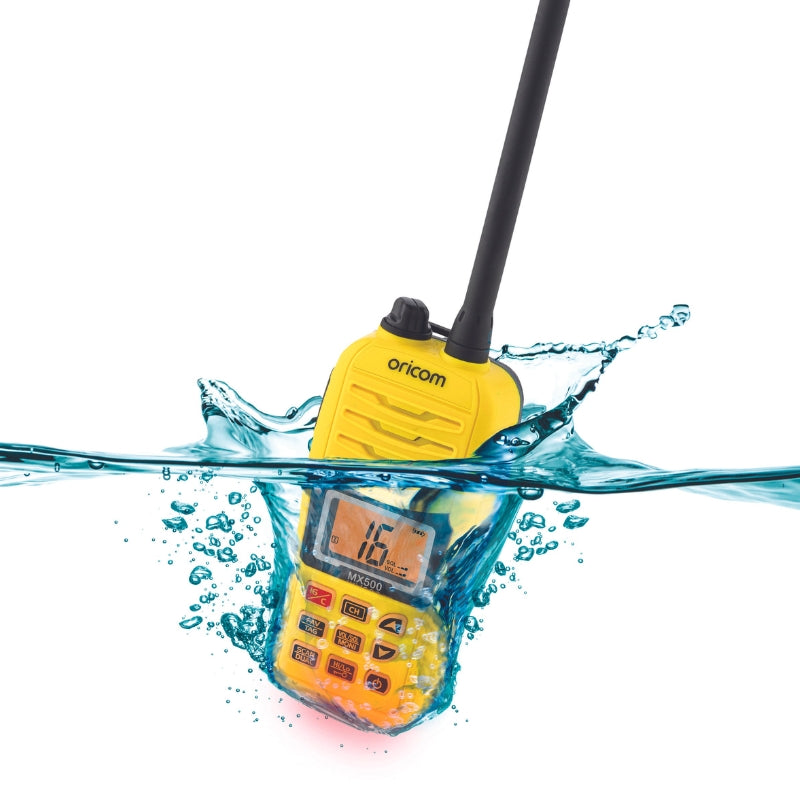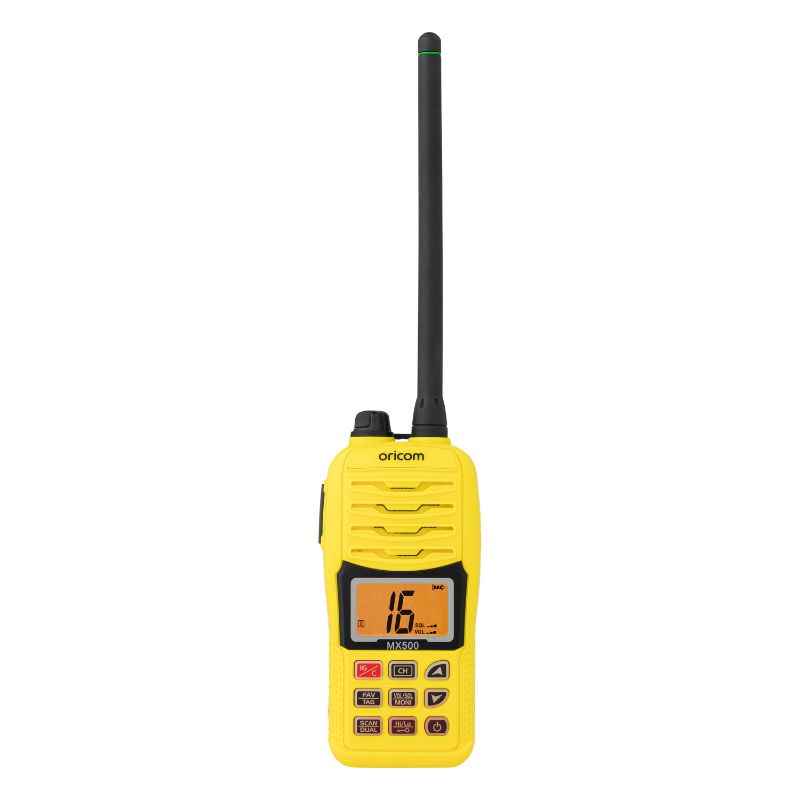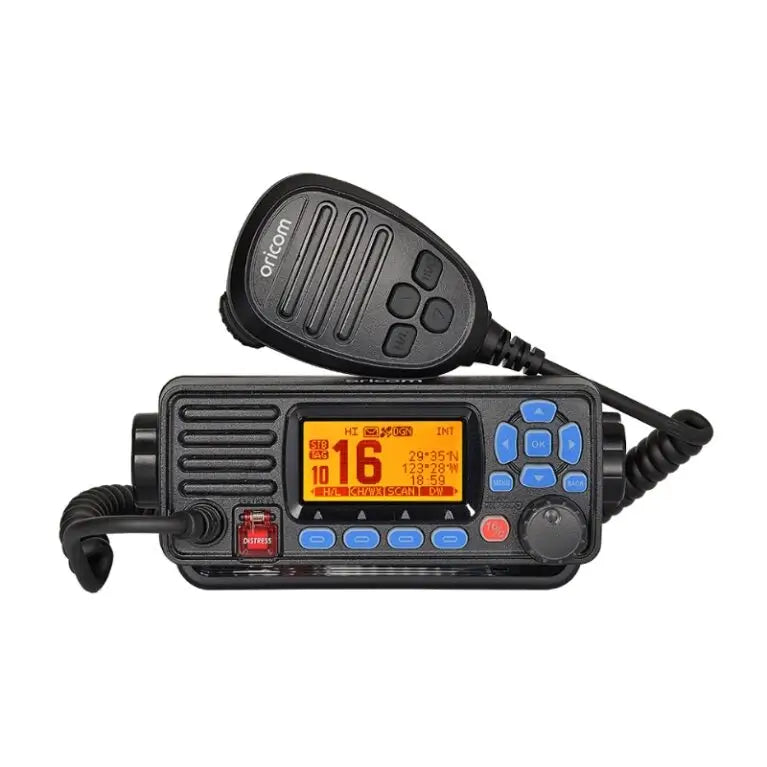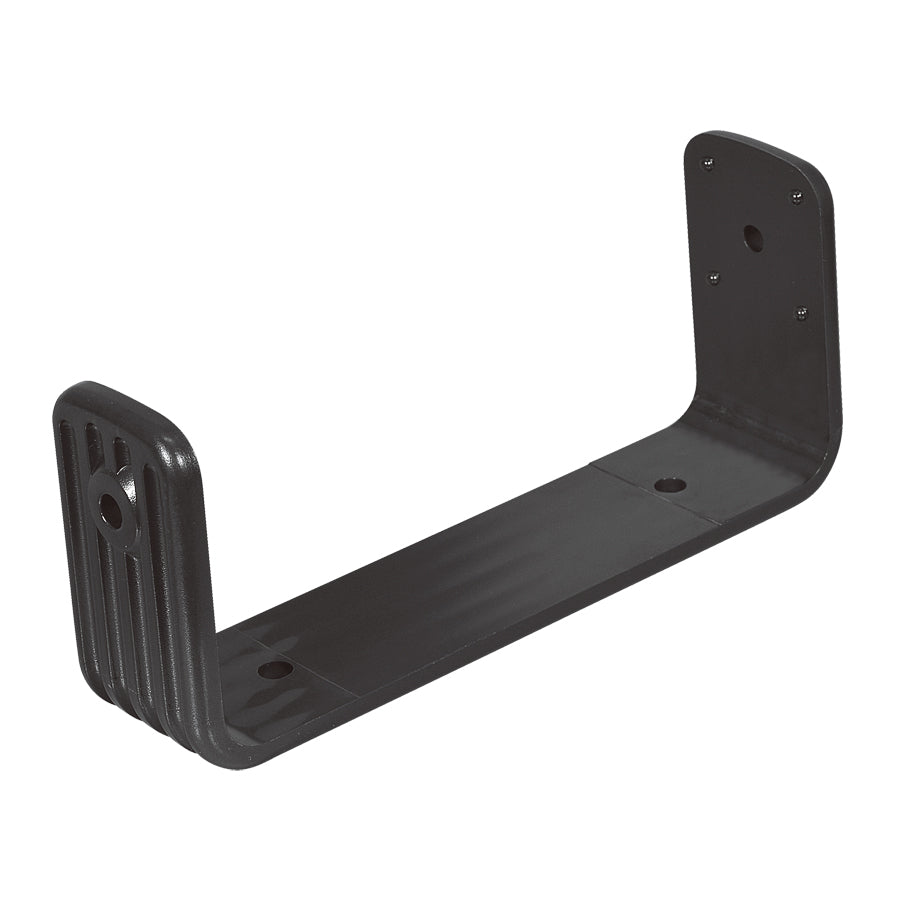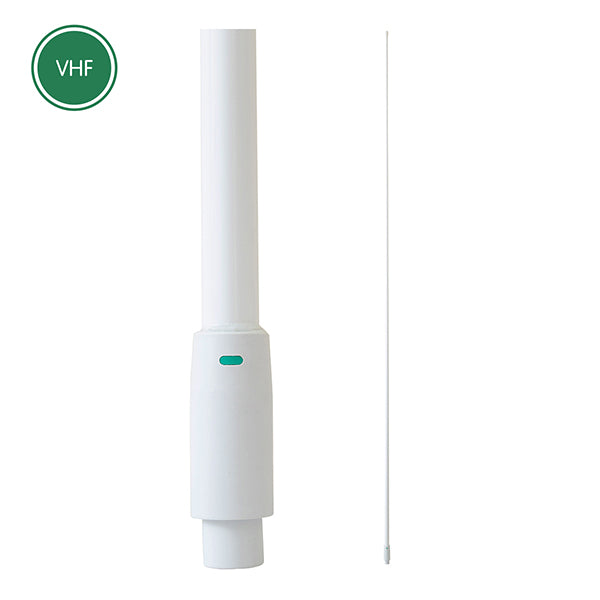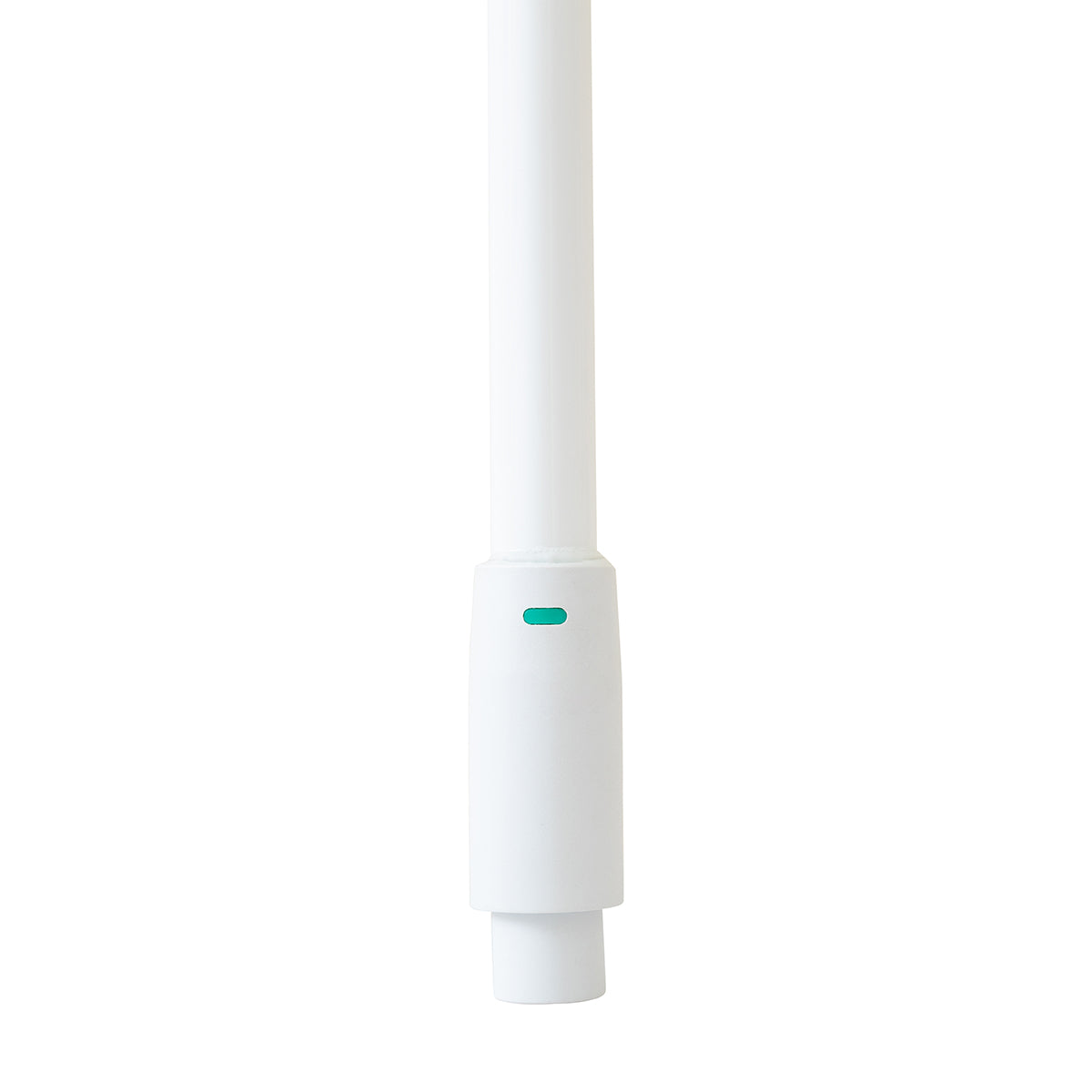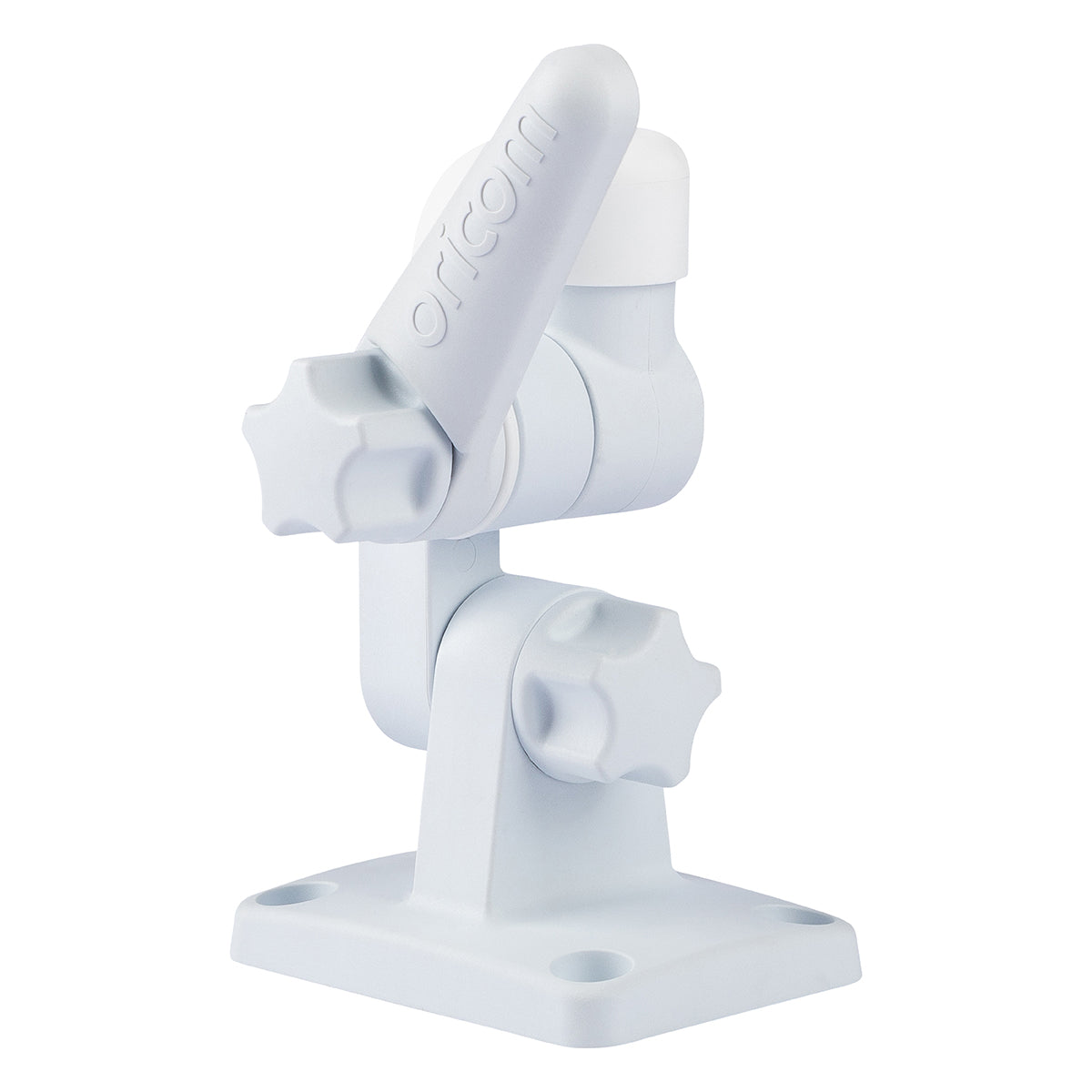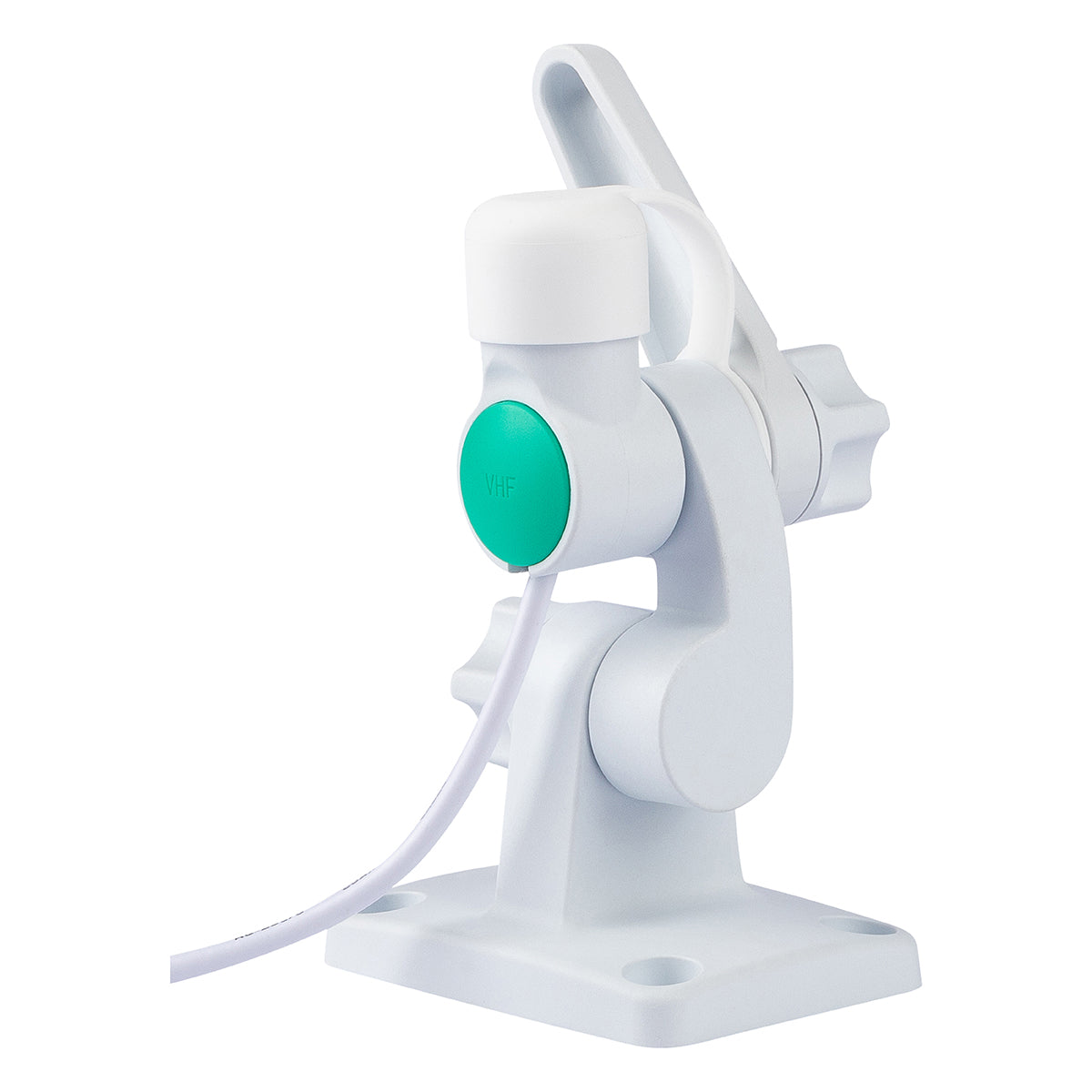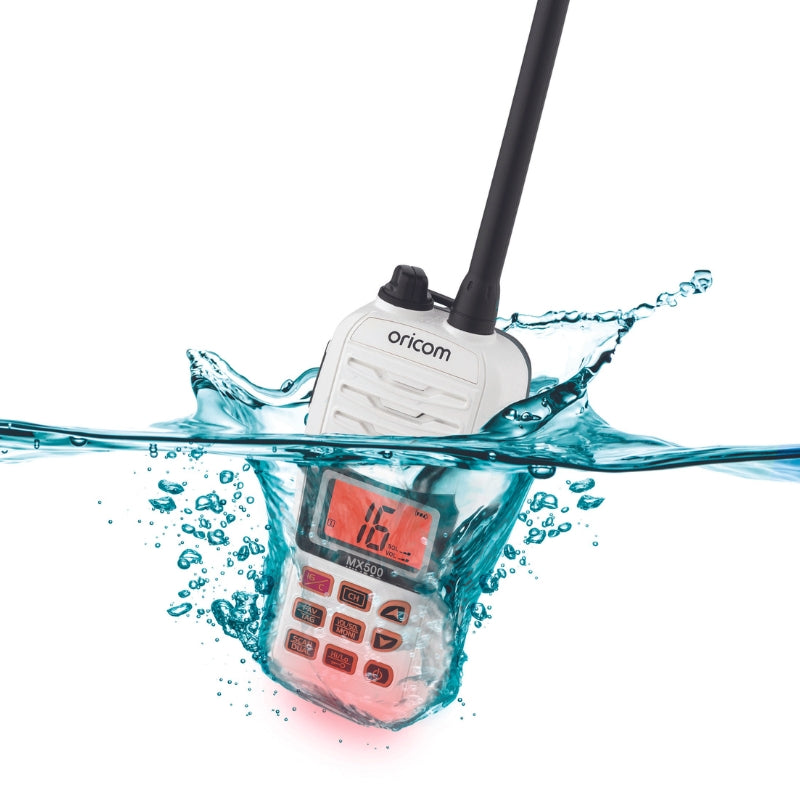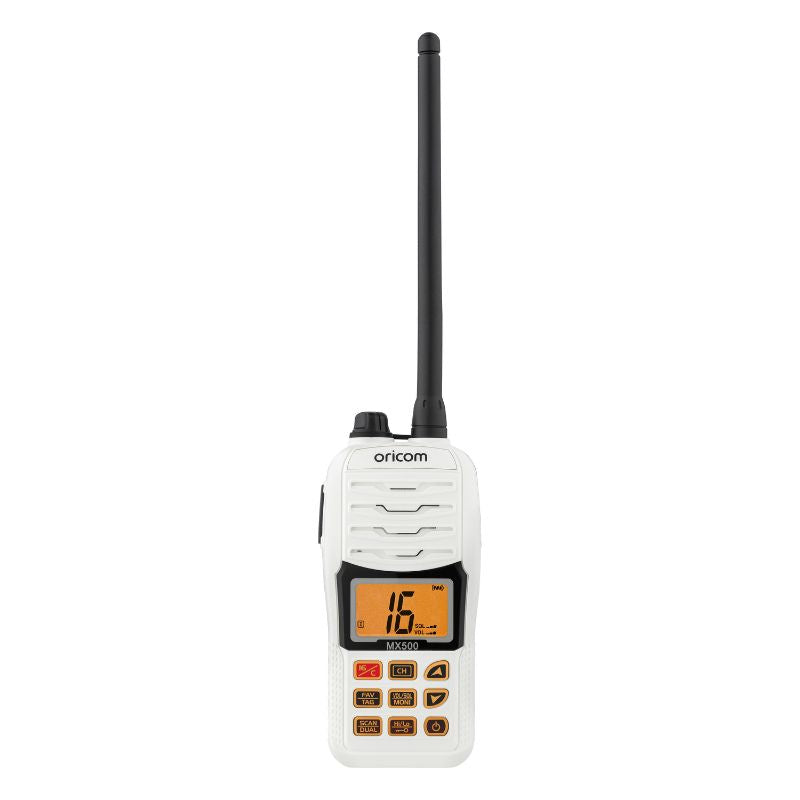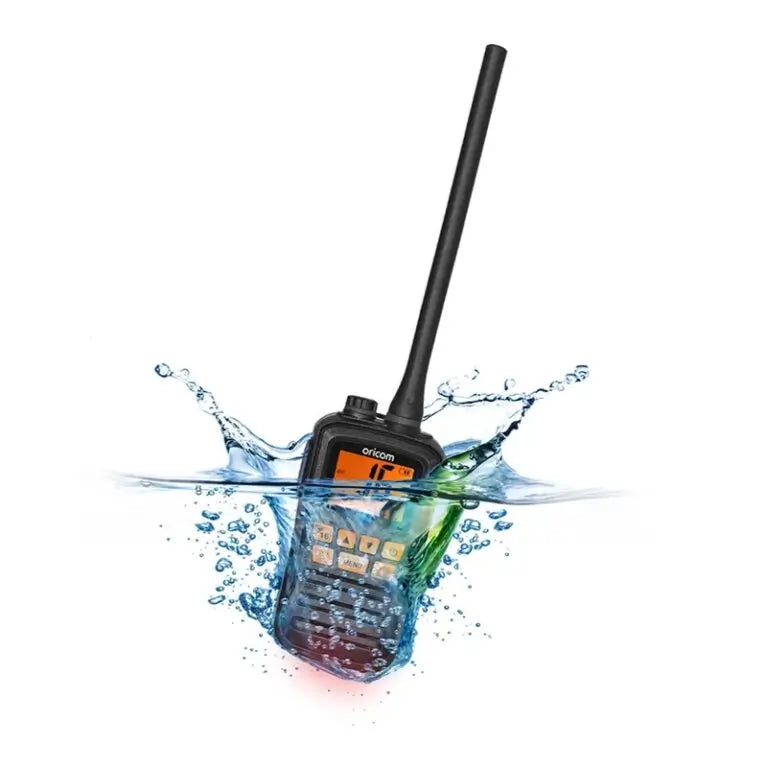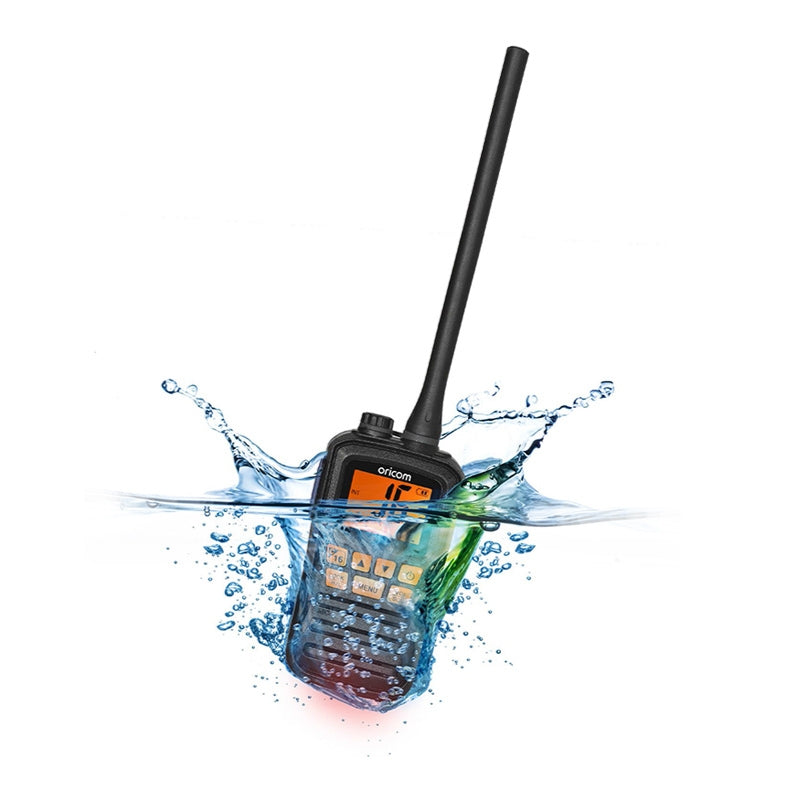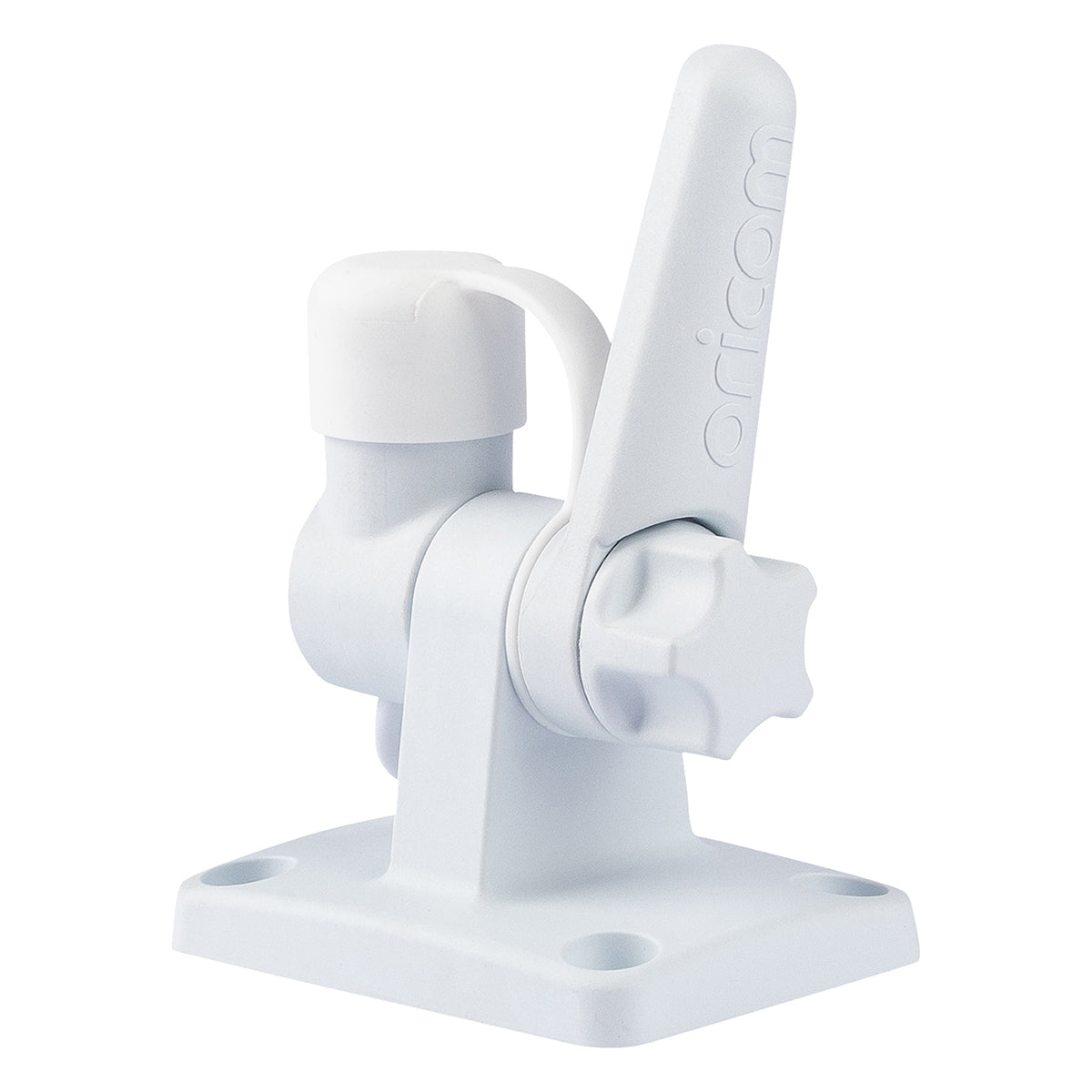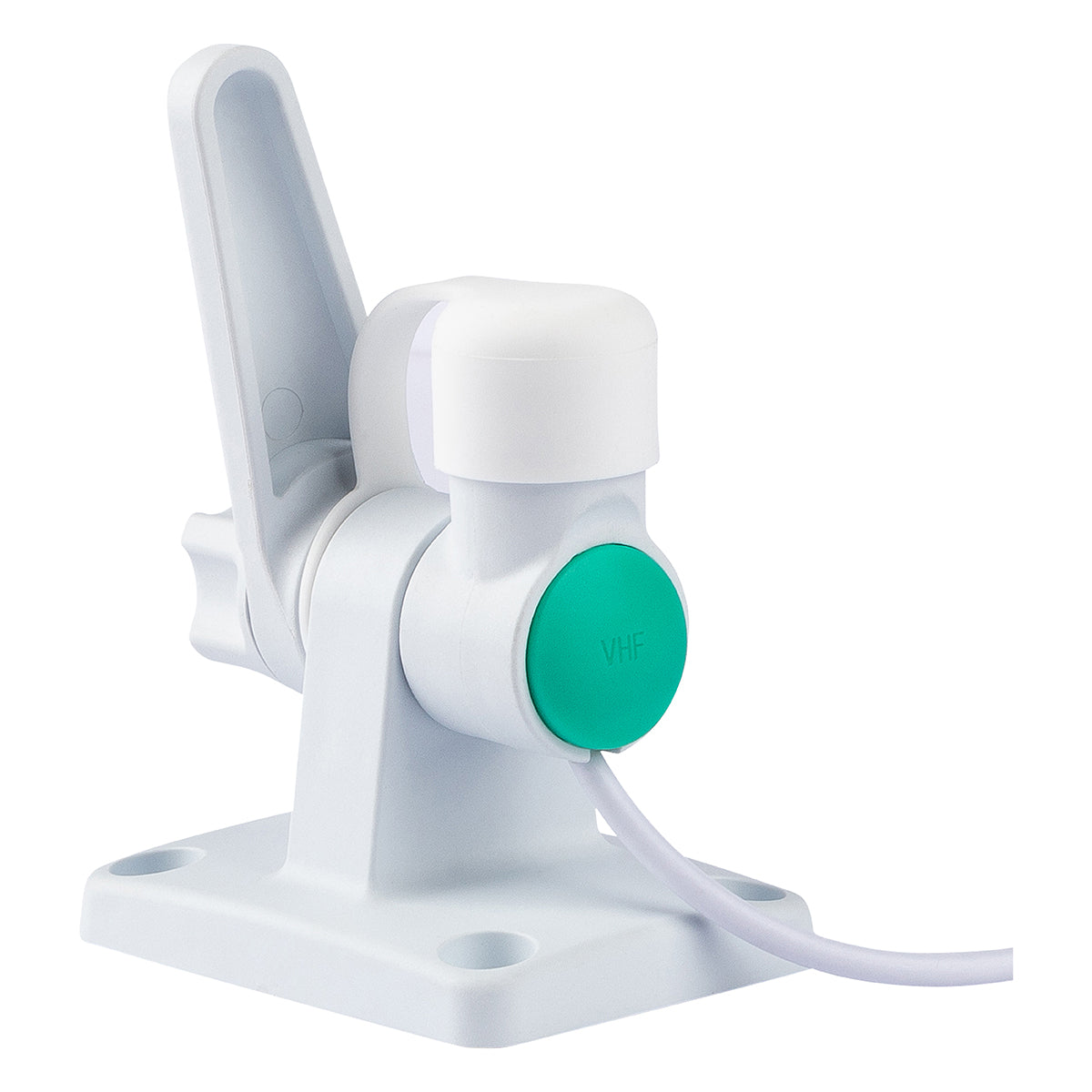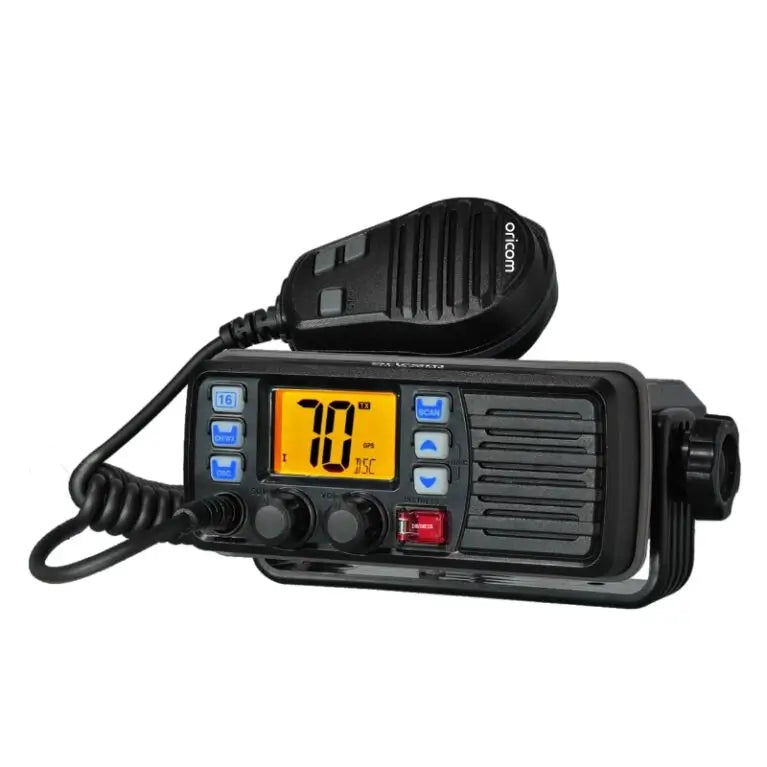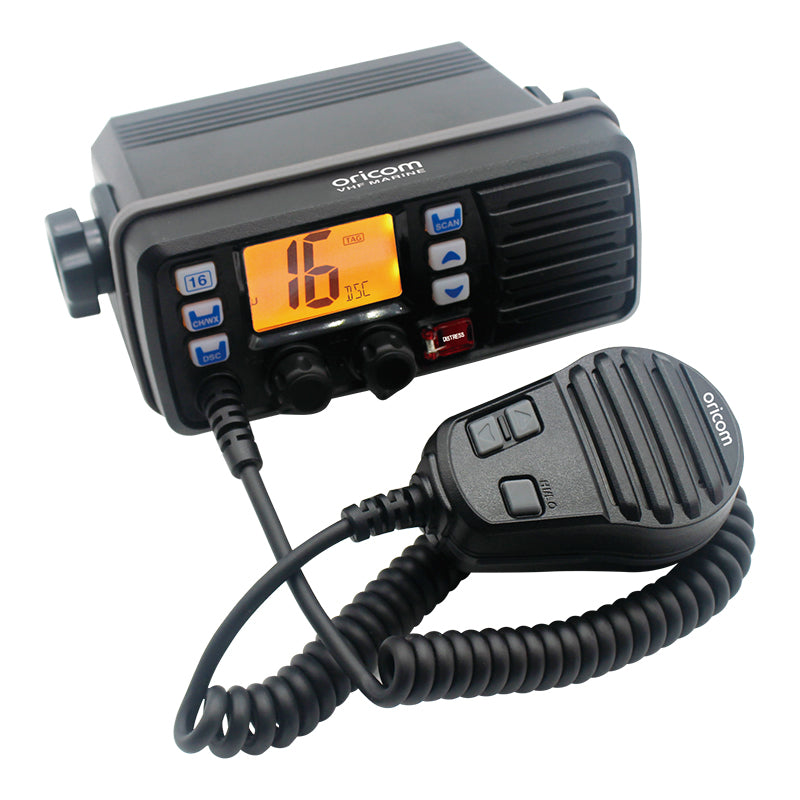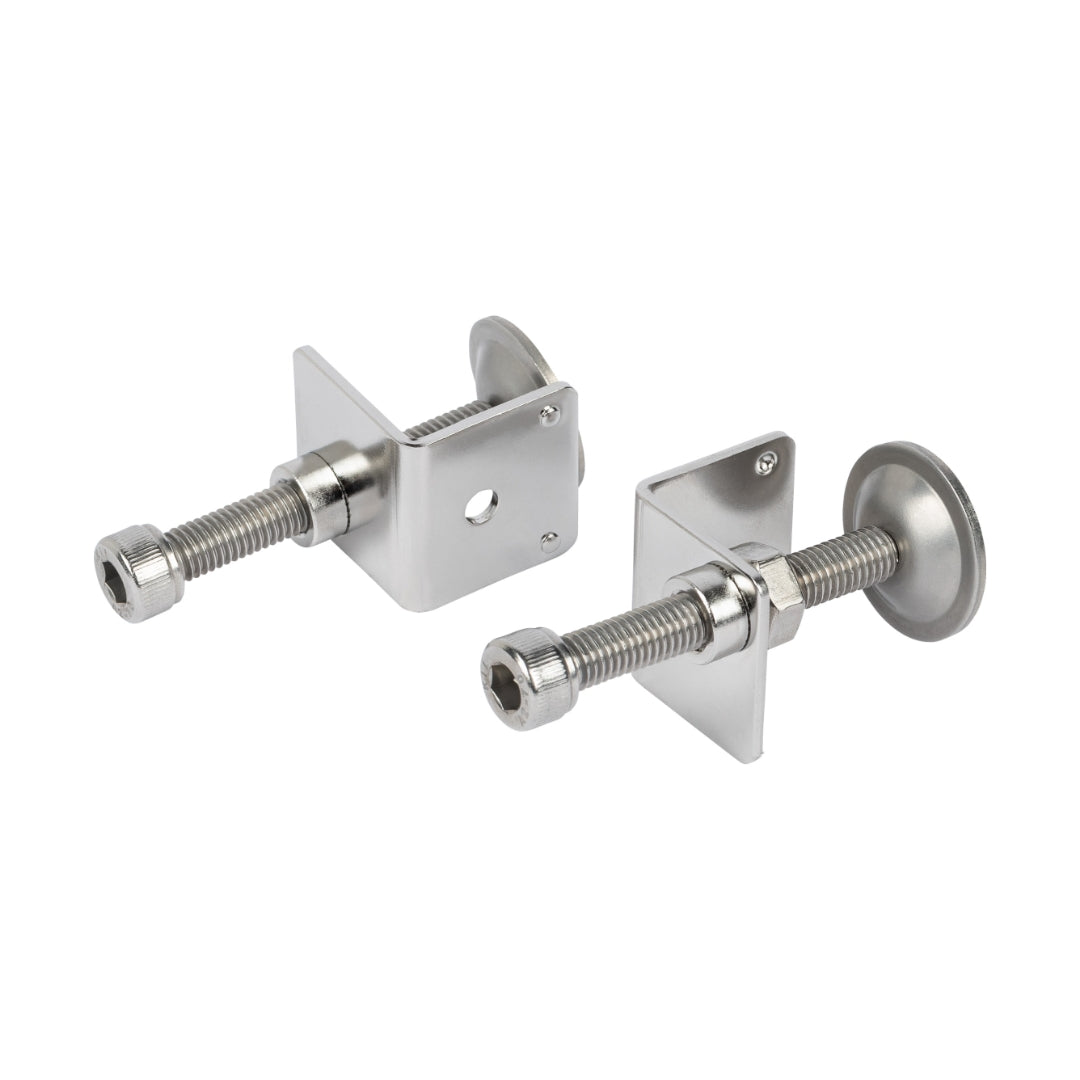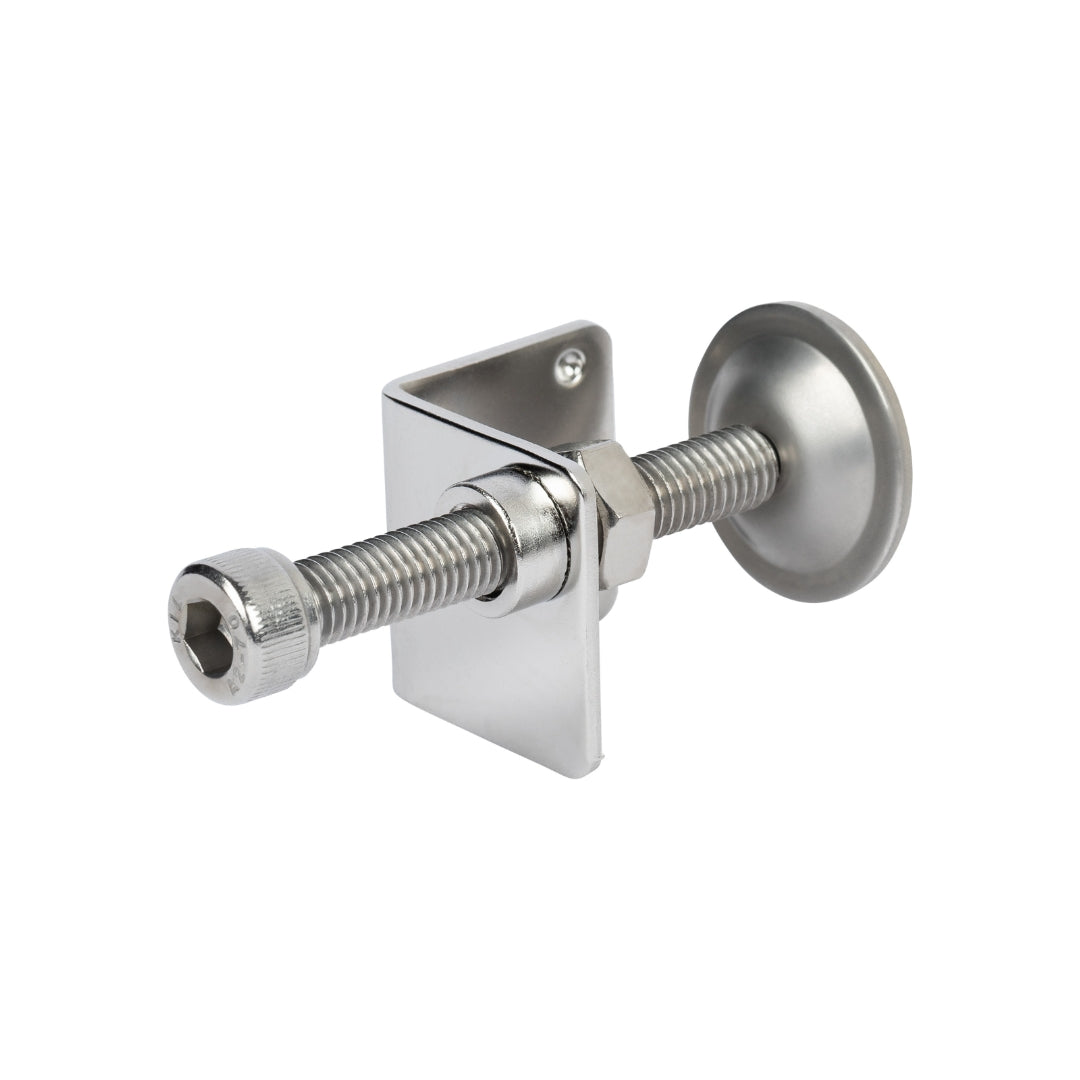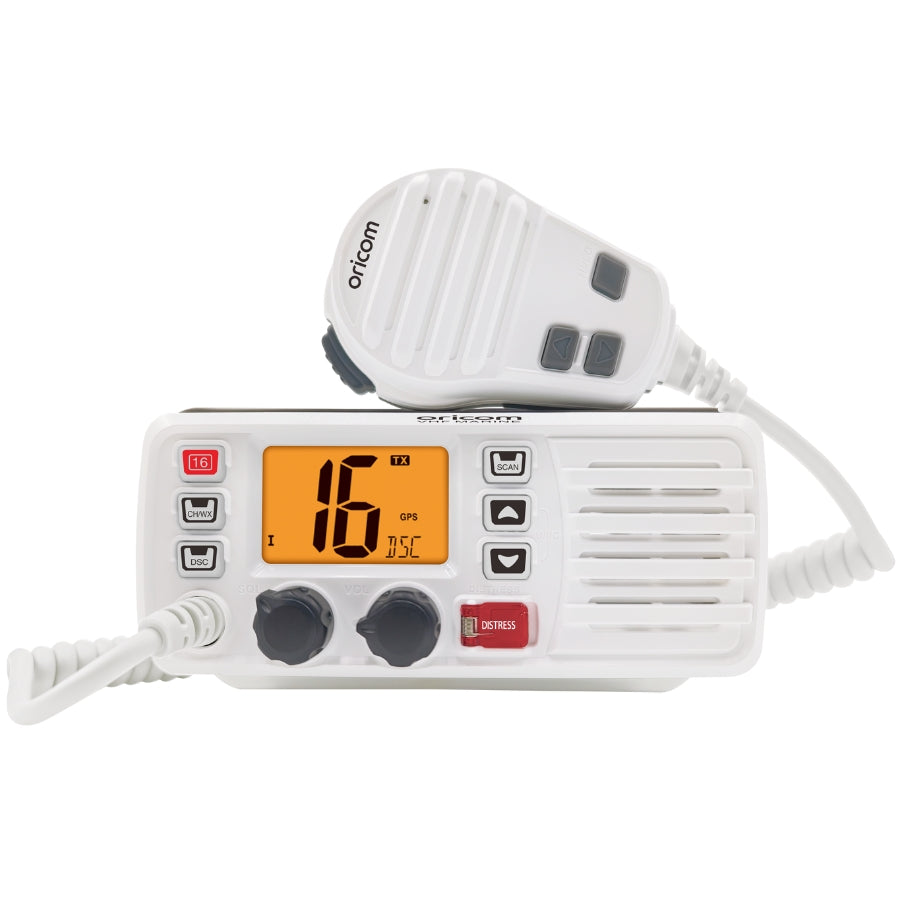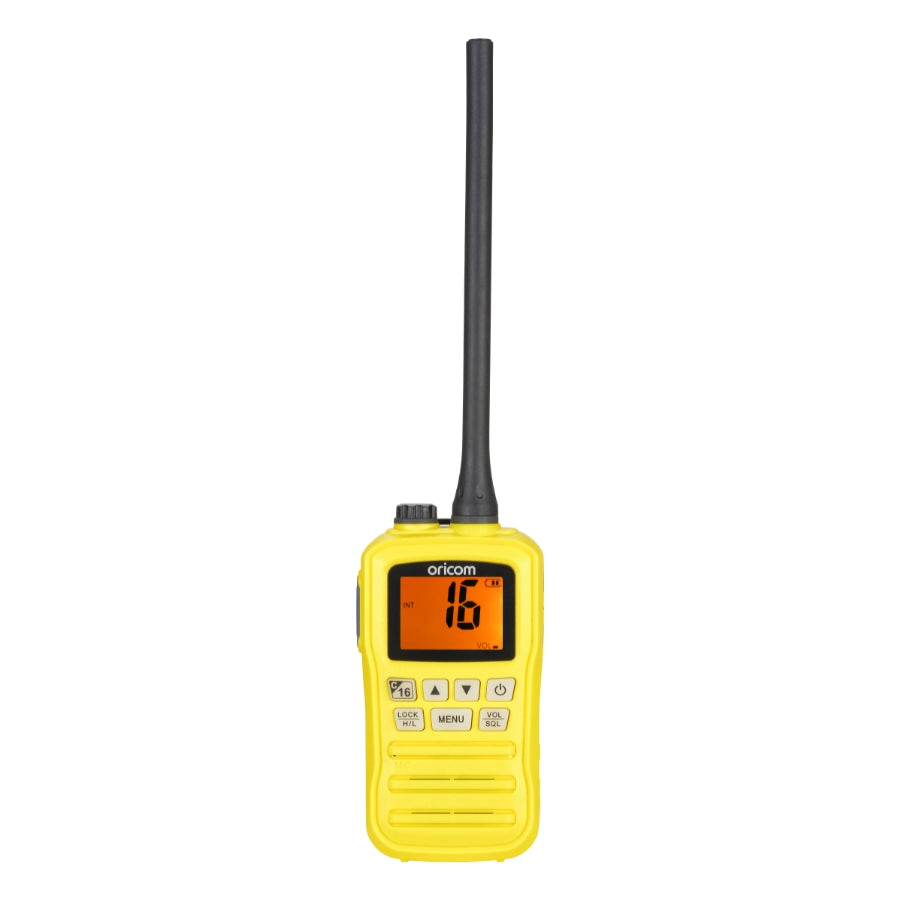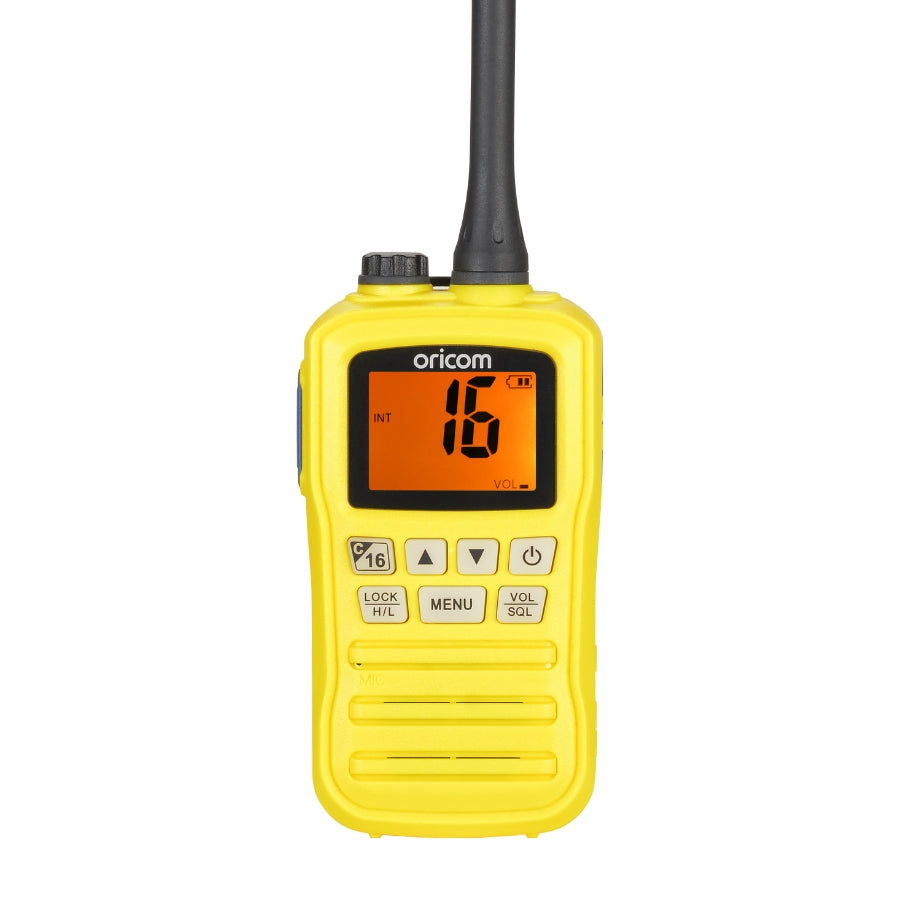Most Popular
Frequently Asked Questions
What is a Marine VHF Radio?
A VHF marine radio is arguably the most important safety tool on board any vessel. Ensuring you have a quality marine radio installed is critical for communication with other vessels, marina operators, or to ensure a user has the option to contact Marine Rescue in the event of an emergency.
It is imperative that when on board a marine vessel, all crew are aware of the communication equipment installed, and that they are familiar with how to use the marine radio, so that should the worst happen, safety is only ever a call away. Having a familiarity and understanding of the distress and safety frequencies, and a knowledge on how to correctly receive and transmit safety messages between vessels, is vital.
The most common radio frequency for marine transmission in Australia is the VHF frequency. The VHF maritime mobile band consists of channels operating in the frequency range 156.000 MHz to 162.050 MHz, apart from those portions within this frequency range that are allocated to the land mobile service. (https://www.acma.gov.au/)
What types of Marine Radios are available?
There are two primary types of , and .
- A radio is a portable battery powered unit, which can move around the vessel and is shared between users. Importantly a handheld VHF Marine radio is still functional should the boats battery die, or electrical system fail.
- A Radio is a permanently installed solution, and is powered by the vessels electrical system.
What is Digital Selective Calling (DSC)?
The Digital Selective Calling (DSC) feature on your Marine VHF radio uses an arranged digital data message, instead of voice, in order to transmit urgent or important information to another radio.
DSC is designed to alert all radios within a predetermined range to a distress message, even if the vessel’s listening watch is not being maintained, as this increases the chance of the signal being heard.
What is the Range of my VHF Marine Radio?
In short, the curvature of the Earth and the sum of two antenna heights is what is used to determine the range of a VHF Marine radio. Elevation is always the key, so the higher the antenna, the greater the estimated range.







